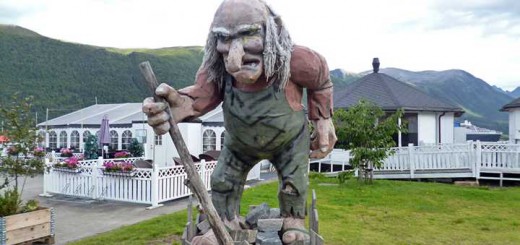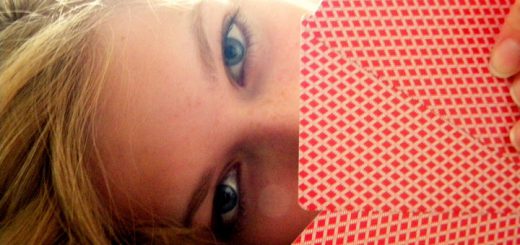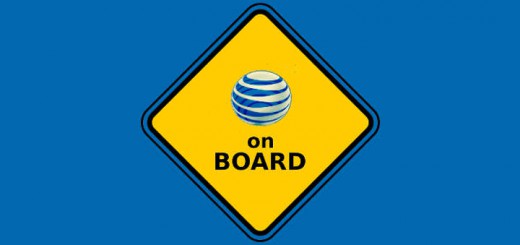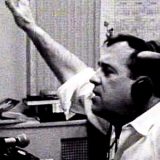Engagement—It Has A Nice Ring To It
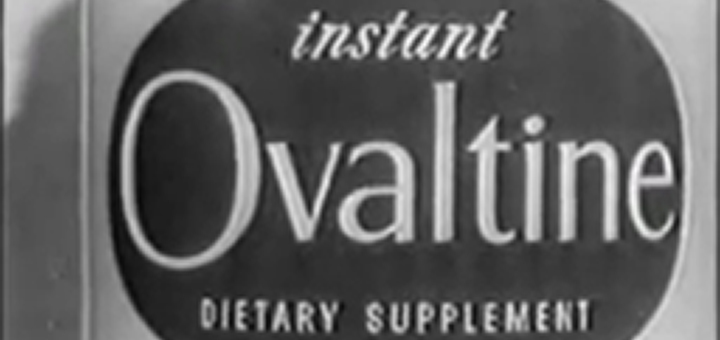 In part 1 I talked about the potential value of 1930s and 40s radio commercials to both podcasters and sponsors.
In part 1 I talked about the potential value of 1930s and 40s radio commercials to both podcasters and sponsors.
These commercials were effective, in large part, because of the engagement between listeners and the show’s talent. There was a bond that had to do with the intimacy of radio, the one-to-one communication I wrote about in an earlier post. That engagement is largely missing from radio today, and almost certainly missing in produced commercials.
Bringing It Back
Podcasting has the potential to bring back that talent-listener engagement, to the benefit of sponsors and podcasters. There’s a glitch, however. Engagement is difficult to digitize, and without hard numbers, sponsors may not feel comfortable making a decision to advertise on your show. While I’m a supporter of most things digital (the first computer I programmed was an IBM 7094…look it up), including the efficacy of data analysis, there are times I have to go with my instincts and look for anecdotal evidence.
And this is why I hark back to radio. The industry addressed the problem of measuring engagement years ago. Sponsors offered premiums, items of perceived value, that a listener could obtain only by taking an action.
The Secret of the Secret Squadron
Captain Midnight, the hero of the radio (and television) show of the same name, would urge his listeners to send in the inner seal from a jar of Ovaltine in order to receive a secret decoder ring and membership in his Secret Squadron. (Yes, I was a member. No, I can’t tell you what the Secret Squadron did because it was secr…well, you know.) If you wanted to join, you had to persuade your parents to buy Ovaltine (no offense, but it made me gag), and then you had to find an envelope and a stamp and so on.
Want to measure the engagement between show and listener? Want to know how effective the show was at moving its listeners to action? Count the Ovaltine inner seals piling up in the mail room.
Those inner seals were tangible, if anecdotal evidence, of the number of core followers Captain Midnight had. The ratings might report a listenership in the seven figures, but those inner seals counted the number of listeners the show could move to action. As a potential sponsor, which number would mean more to you?
I believe in podcasting’s ability to generate revenue by following radio’s historical lead. Here’s what worked for radio:
- offer something of value to your audience. Value doesn’t mean monetary. The best premiums are often inexpensive but unique. A t-shirt, mug, or keychain that promotes your show, an ebook you’ve written exclusively for your listeners, a not-yet-released CD of a musician you had as a guest or a download of an interview segment that didn’t fit in your show but is nonetheless interesting;
- getting the premium has to be easy but not automatic. There has to be some work involved, otherwise there’s no demonstrated engagement. Clicking a button on your website is easy. Asking your listeners to tell you what they like about your show requires engagement;
- make sure the premium is guaranteed. This is not a contest. Every listener who engages with you must be assured of receiving the premium;
- and, in a concession to the digital age, put a time limit on your offer. Remember, podcasts are timeless. If you don’t want to be giving away t-shirts far into the future, remind listeners the offer is good through a specific date.
Getting To There From Here
The integrated advertising I described in part 1, advertising that capitalizes on listener engagement created by the show’s talent does work and can be anecdotally measured. However there are some real-world obstacles to pitching engagement to sponsors. I’ll write about that in part 3.
Between now and then, if you have questions or comments please use the form (below) to share them with others and get a conversation going about our future as podcasters.

